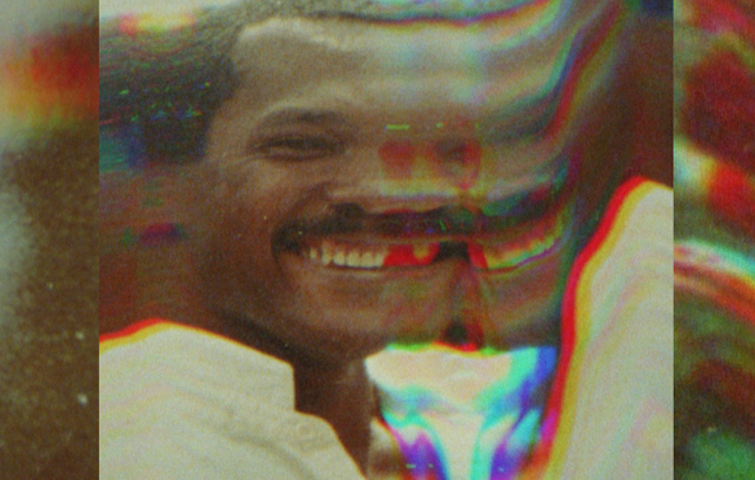Alexis McCrimmon on Studio Editing and New Projects


Still from Heron 1952–2002 © Alexis McCrimmon 2021
By Melissa Starker, creative content & PR manager for the Wexner Center for the Arts
Since 2018, filmmaker Alexis McCrimmon has worked closely with artists from around the world as an editor in the Film/Video Studio at the Wexner Center for the Arts. This spring at OSU Urban Arts Space, she’ll debut her latest solo project, supported by a GCAC Individual Artist Grant. Below, McCrimmon discusses her work and how it’s changed during the COVID-19 pandemic.
Melissa: Would you describe your job and how it’s changed in the past year?
Alexis: I’m one of two studio editors at the Film/Video Studio. Typically this is a post-production residency program for filmmakers and other time-based artists. We [also] do color correction, sound mixing, sound editing and design work, and a little bit of special effects and graphics work where necessary.
The major difference is that we’ve been working remotely for a year. I think what is unique about this program is those in-person relationships, the references that you share with people, recognizing commonalities as human beings. [Normally] they’re literally right over your shoulder.
With Aggie Ebrahimi Bazaz, the artist that I’m working with currently, we spend five to seven-and-a-half hours on the phone [on active days]. So we’re watching, then we’ll get off the phone to do the work, because that’s the closest thing to her sitting right next to me. Her project is Como Vivimos, a documentary about families living in a migrant housing center near Stockton, California.
Melissa: Tell us about the project you’re working on now for Urban Arts Space.
Alexis: It’s called Heron 1952–2002. It’s a single-channel video and sound installation that draws on the phenomena of makeshift memorials and the emerging discourse around public monuments. Heron questions who has the power and privilege of being remembered. And in what form does this act of remembrance take place?
The greater background of this piece is my uncle Heron. He passed away in 2002 due to an accidental opioid overdose. My family had a really difficult time dealing with that because of shame and stigma. I was 18 when it happened and I spent a good long while—I don’t think in a healthy way—processing his passing. At a certain point, I realized I have to use my work as a means of jumpstarting this process of grief.
We’re working with Urban Arts Space and the owners of the Lazarus Building to have the work on display, projected in the windows facing Town Street. The score will be accessed by a QR code on a mobile device.
Melissa: What’s your favorite thing about the Columbus art scene?
Alexis: I love that there’s this DIY, can-do attitude; that people will say, let’s create an exhibition space, let’s engage in a project with others in our community. What I wish there was more of is sustainability. And I always want Columbus to embrace more of the nontraditional or experimental. I think there’s a place for all forms of art, you know?

